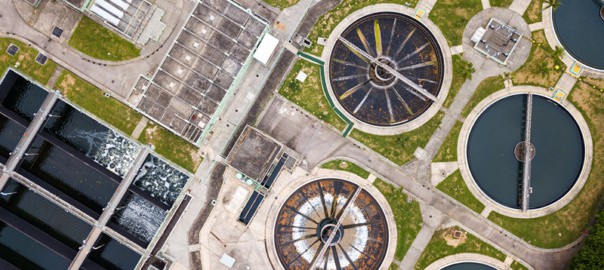


Optimizing WAS Holding Systems
Before we walk through how to help your customers optimize their WAS holding systems, it’s important to understand how they work. How does a WAS Holding System work? Waste Activated Sludge (WAS) holding systems are a common part of operations in wastewater treatment...
How to Increase Your Sales
Could you benefit from higher income per sales hour? Lower hours spent per close? Higher close rates? This is what’s possible when you distribute quality, science-backed bioaugmentation solutions that are paired with an easy-to-understand, product education program...
Oil vs. Bacillus
If you’re in the business of keeping your customers’ kitchens running safe and clean, you’re aware of the impact cooking oil can have over time on drains and pipes. A lot of fats, oils, and grease (FOG) can build up in systems like grease traps, sewage systems and...